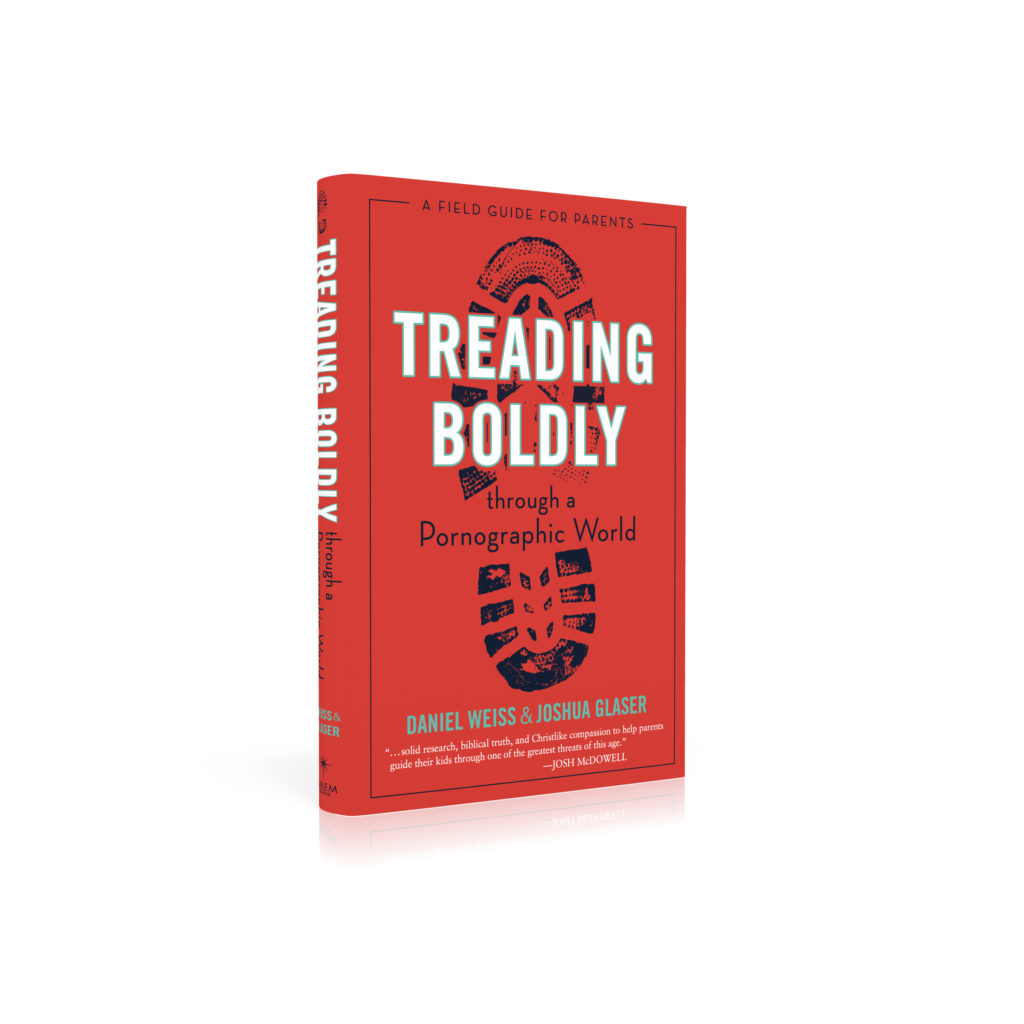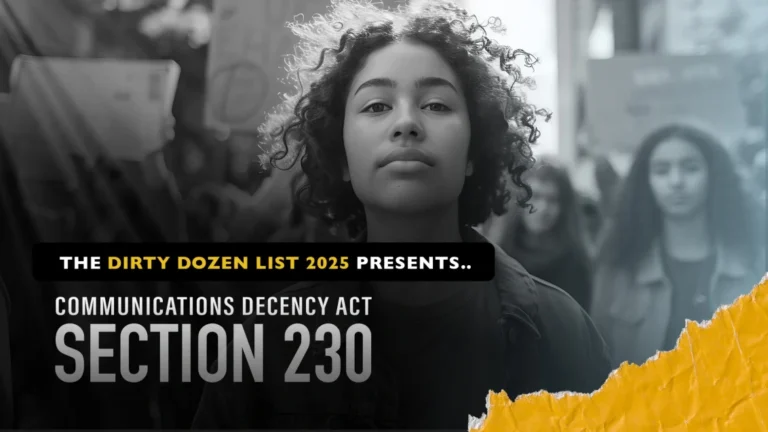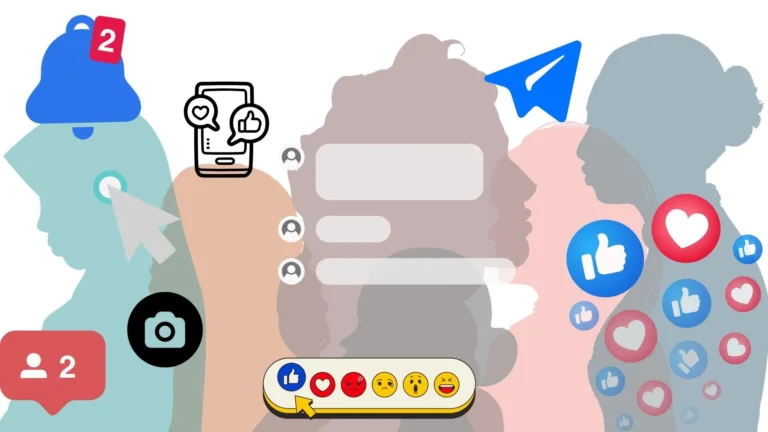This is a guest post written by Josh Glaser and Daniel Weiss.
No parents want to find out that their son or daughter has been viewing pornography, but every parent should plan for it. A 2016 Barna study revealed that over two-thirds of 13-24-year-old males and one-third of 13-24-year-old females are viewing pornography at least monthly. In all likelihood, that number has increased in the past five years. Also in 2016, an Indiana University study found that, of the kids who are viewing porn, only half their parents believe they are.
It can be heartbreaking for a parent to learn that a son or daughter has been viewing pornography, but parents can recognize that this discovery means that their child no longer has to navigate this difficult, addictive problem all alone. Guiding a child out of pornography use is a process of many steps, but the following five tips can help parents strengthen relationships with their children as they walk this journey together.
1. Take care of yourself first.
Many parents rush to confront their son or daughter, lock down devices, and do everything they can think of to rid their home of pornography. This is understandable, but it’s not advisable as the first step. In airline safety talks, flight attendants remind parents to secure their own oxygen masks before assisting their children. They know a parent’s first instinct is to help their kids, but if dad or mom doesn’t take care of himself or herself first, then neither they nor their kids will be conscious for long.
The same principle applies when a parent discovers a pornography secret. Before jumping in to the process with your child, confide in a trusted adult to support you as you walk through the discovery and healing process with your children in the months ahead.
2. Find a safe time and place to address what you know.
Talking with your son or daughter will likely feel embarrassing to him or her. With this in mind, bring as much safety to the process as possible. Pick a time and place that will protect against your conversation being overheard. Keep the conversation relatively brief, and make sure your child has space and time afterwards to process what you discussed.
3. Stay calm and be kind.
Anyone cornered with an embarrassing truth is going to look for ways to hide. With this in mind, do not ask your child for information you already know. For example, if you know your son has been viewing porn, do not try to trap him. Try an approach like the following instead, “Son, I picked up your phone yesterday and saw that you’d been watching pornography. I’m not looking to punish you. I care about you and want to help if I can. Would you tell me about what’s been going on?”
Expect that you may not get the whole story at first. He is likely reeling under a great deal of emotional weight. If you approach him in an overly emotional way, it will confirm your son’s fear and reinforce his decision to not share any more than absolutely necessary. By staying calm and being kind, you demonstrate that you are a safe person to talk to. If he is not ready to say more, you can talk at another time: “I get that this isn’t easy to talk about. We can pick this up later. For now, I want you to know that I love you and I’m here to help.”
4. Approach the conversation with curiosity.
Too many parents approach conversations about pornography as either a detective or a prosecuting attorney. They want to know the truth, who’s to blame, and how to set things right. Instead, parents are better served by approaching these conversations more like an archeologist. Be attentive, curious, careful, and patient. You’re exploring an area that has been buried, you don’t know what you’ll find, and some of it may be incredibly fragile.
This is not a process to be rushed. Give your child full attention and listen well. Ask questions that help you to learn the truth about what has been happening, such as: “When did you first see pornography? How did it happen? What happened next? Do you feel pornography use has become a habit for you? If you’re trying to stop, what have you tried so far and how has that helped or not helped? How does it feel to talk with me now?”
5. Keep the long view in mind.
Pornography can be highly addictive, especially when it is hidden. We’ve talked with parents who have discovered a teen’s pornography use, had one conversation, and then hoped the problem was done. Sadly, this is usually not the case. Rather than trying to get “back to normal” as soon as possible, accept that the old normal was where the problem started.
As difficult as learning that a child has been viewing pornography is, it’s important to view the discovery as an opportunity to introduce a new and better normal into your child’s life.
From this point, recognize how pornography is normalized in culture and maybe in their own lives already, and begin to normalize open and honest conversations about pornography and sex in your home Talk openly about sexual desire, the body, and sex. Help your teen to understand how pornography manipulates and twists sexual desire into something selfish, degrading and abusive. Expose the messages and attitudes in pornography that can prevent people from learning how to love well and set before your kids a more beautiful and life-giving vision of sexuality and relationships.
More on this topic can be found in the newly released book Treading Boldly through a Pornographic World: A Field Guide for Parents by Daniel Weiss and Joshua Glaser (Salem Press, 2021).




